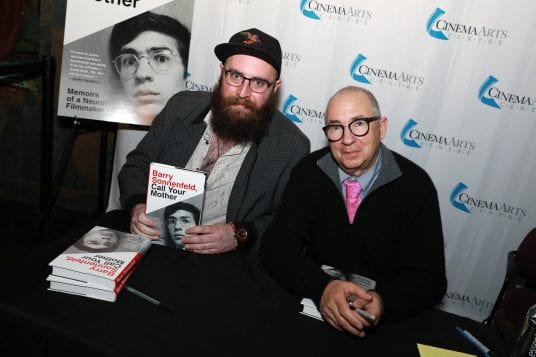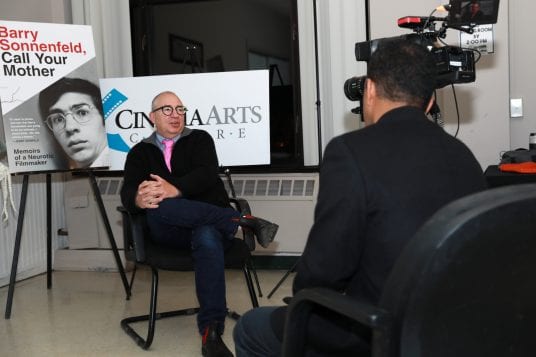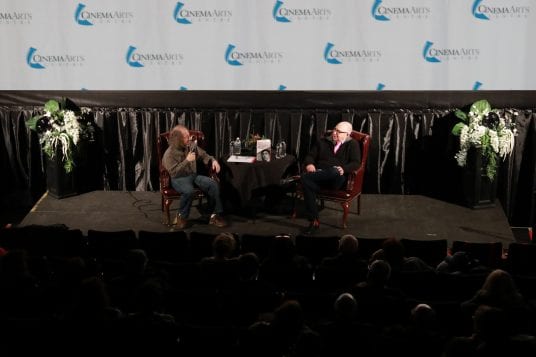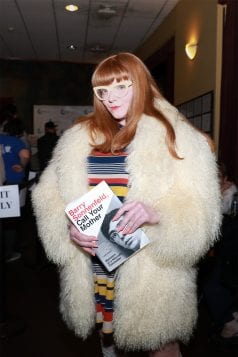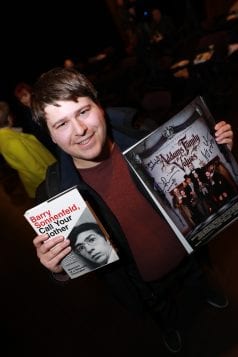By Jeffrey Sanzel
One of the definitions of “turn the screw” is “an action that makes a bad situation worse, especially one that forces someone to do something.”
Henry James’ 1898 novella The Turn of the Screw was a landmark milestone of the Gothic genre. Unlike many of the thrillers that had come before and after, its power is rooted in the horror of uncertainty. Eschewing traditional ghost story tropes, the question of sanity versus reality gives the narrative a unique slant. James’ tale is psychological rather than overt (such as Bram Stoker’s Dracula, published a year earlier).
The first film adaptation, The Innocents (1961), was taken from the Broadway play. Over the years, there have been various incarnations inspired by both the plot and the driving concept.
Now Floria Sigismondi (whose early career is in music videos) has directed a modern adaptation from a screenplay by Carey W. Hayes and Chad Hayes. In this update, set in Maine 1994 (most likely to assure there are no cell phones), Mackenzie Davis takes on the role of Kate Mandell, the new governess at the Fairchild Estate. Kate is replacing Miss Jessel who mysteriously disappeared.

There isn’t much detail given to how Kate gets the job. Then again, there aren’t many details given to anything. Kate tells her best friend Rose, (Kim Adis doing her best “stock best friend”) “I’m going from 25 screaming kids to one little girl. How hard can it be?” Isn’t this the question asked by every nanny, babysitter, and tutor in the history of horror movies?
After visiting her delusional and institutionalized mother (Joely Richardson, whose three minutes of screen time hardly warrant the “and” billing), Kate arrives at Fairchild, with its lush grounds, Gothic architecture, and creepy statuary. Lest we forget, there’s the requisite overgrown pool where someone will be pulled in and pulled down.
Kate’s charge is the precocious Flora (an able Brooklynn Prince), a hyper-articulate seven-year-old who makes very adult observations. Flora never leaves the property. This turns out to be connected to a genuine fear as she witnessed her parents dying in a car accident outside the house’s gate.
Flora is quickly joined by her teenage brother, Miles (Finn Wolfhard), hip and happy, but dead-eyed, a Damien for the millennium. Miles has been expelled from boarding school where he brutally attacked another student. He plays electric guitar and likes spiders. Subtlety is not the film’s strong suit. There is another issue here: Whether his violent and sadistic tendencies are nature or nurture. But like any opportunity to find depth or dimension, the filmmakers choose neither.
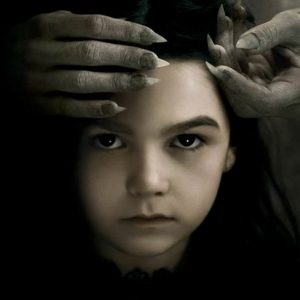
The final addition to this genial band is Mrs. Grose, the briskly efficient housekeeper and family retainer. Barbara Marten does her best but the result is a cross between a hellish Mary Poppins and grinning Mrs. Danvers. With silver hair and gray crepe skin, she is given to knowing looks and proclamations like “The children are very special … they are thoroughbreds” and “They were born into privilege.”
The plot is driven by the possibility that Miss Jessel was murdered by Peter Quint, the brutish and drunken riding instructor, who was a bad influence on Miles. Quint also died under questionable circumstances. Kate begins to be haunted by images of both Jessel and Quint. She begins to suspect that the children, who have taken to playing vicious pranks, can see them as well. Whether the visitations are real or in her mind is at the core.
It is and has always been a serviceable plot. The issue is one of style and character development.
For the former — style — it could be any horror movie in the most generic sense. The opening shots are of a woman running away from a house. The mansion is vast, with rows of blank windows and a mysterious and dangerous east wing. Don’t forget the well-timed thunder claps, banging shutters, slamming doors, a menacing maze, obscured mirror and window reflections, and a whole bunch of scary dolls. There are some nice jump-out scares but they are of the “gimme” variety. That is, nothing new: a mannequin head that turns on its own, a sewing machine that comes to life, disembodied foot prints, etc. It doesn’t help that if the film were any darker, it would be a radio play.
The real problem is in the latter: character development. There isn’t any. Kate honors her commitment to Flora that she won’t abandon her. But why would she agree to play flashlight tag? And with Miles, who threatens her and comes into her bedroom uninvited?
The history of her mother’s mental illness and how that has affected her is skated by with comments about “not having parents.” It’s the ultimate kinda-sorta-let’s-address-this. We don’t know who these people are and, pretty quickly, we don’t care. And the questions still remain: Are they dreams? Are they visions? Is it over yet? No. She still has to run up and down the stairs and through the fog for another twenty minutes.
Perhaps this could all be forgiven if it had built towards a satisfying conclusion. Often, the final moments of a horror film have a shocking twist or a cathartic explanation. There can be that wonderful “ah-hah” moment. Instead, there was an “oh, no” — as in “oh, no, I just wasted 90 minutes of my life for a film without an ending.” In any case, don’t “turn the screw” by watching this. That would just make a bad situation worse.
Rated PG-13, The Turning is now streaming On Demand.
Photos courtesy of Universal Pictures

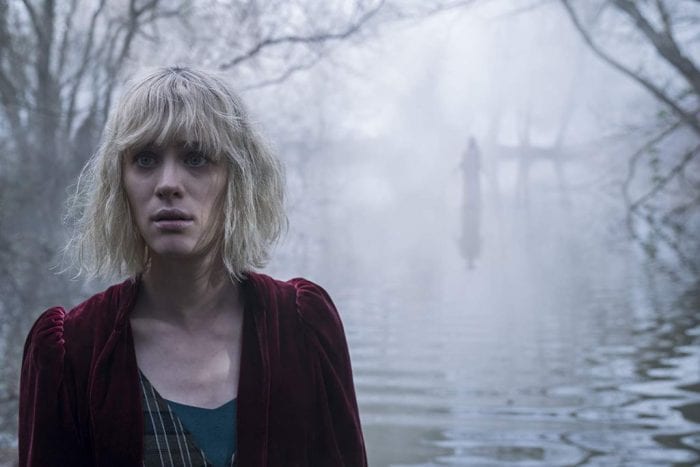

 Quickly, the action shifts to Les Bosquets, Montfermeil’s most notorious and crime-ridden social estate. Police officer Stéphane Ruiz, an emotional and moral core as played in a brooding, heartfelt performance by Damien Bonnard, has arrived for his first day, having been transferred from Paris, to join the anti-crime brigade. He is placed with the high-strung, abusive, and sadistic Chris (Alexis Manenti, dangerously mercurial) and the more laid-back Gwada (understated but wholly engaging Djebril Zonga), who grew up in the neighborhood.
Quickly, the action shifts to Les Bosquets, Montfermeil’s most notorious and crime-ridden social estate. Police officer Stéphane Ruiz, an emotional and moral core as played in a brooding, heartfelt performance by Damien Bonnard, has arrived for his first day, having been transferred from Paris, to join the anti-crime brigade. He is placed with the high-strung, abusive, and sadistic Chris (Alexis Manenti, dangerously mercurial) and the more laid-back Gwada (understated but wholly engaging Djebril Zonga), who grew up in the neighborhood. Even after they locate Issa, it is an act of violence — revealed to be not as accidental as it first seems — that drives the latter part of the film. From then on, it is a race between the police officers and the various residents to track down the video from Buzz (wide-eyed and fearful Al-Hassan Ly), the boy whose drone recorded the incident. It all builds to a showdown that is both a literal and figurative conflagration.
Even after they locate Issa, it is an act of violence — revealed to be not as accidental as it first seems — that drives the latter part of the film. From then on, it is a race between the police officers and the various residents to track down the video from Buzz (wide-eyed and fearful Al-Hassan Ly), the boy whose drone recorded the incident. It all builds to a showdown that is both a literal and figurative conflagration.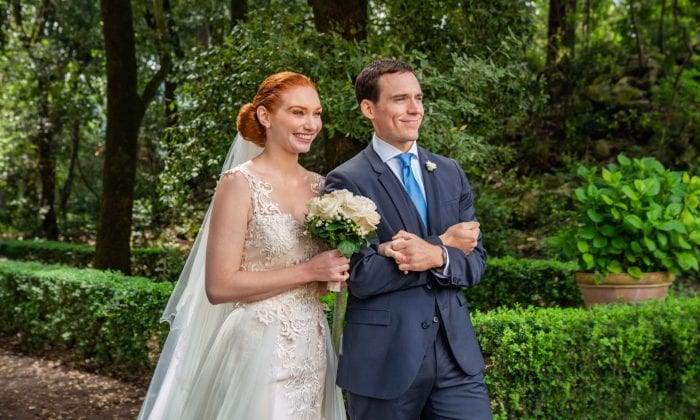
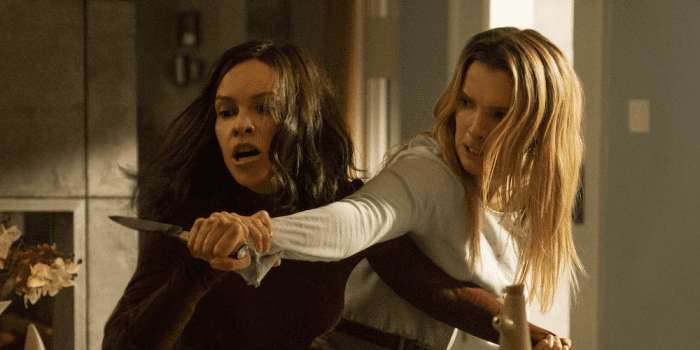
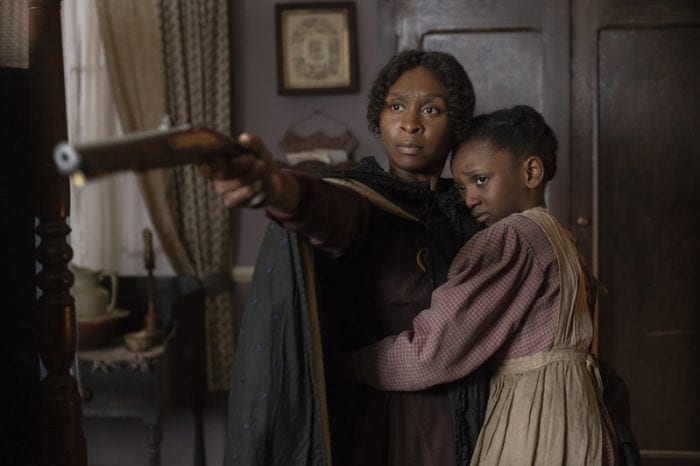
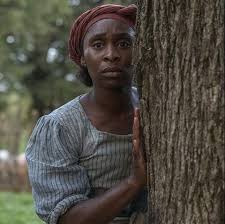

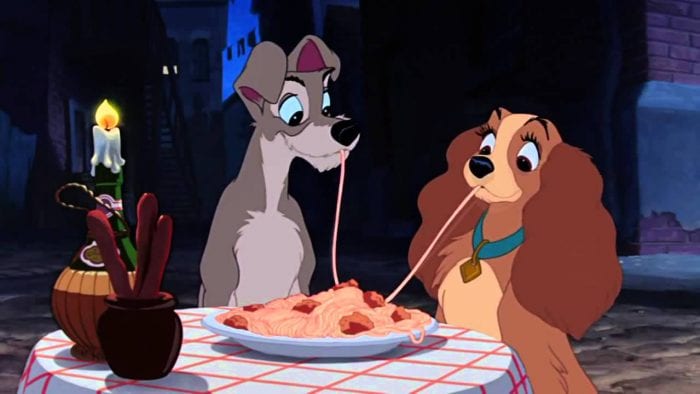
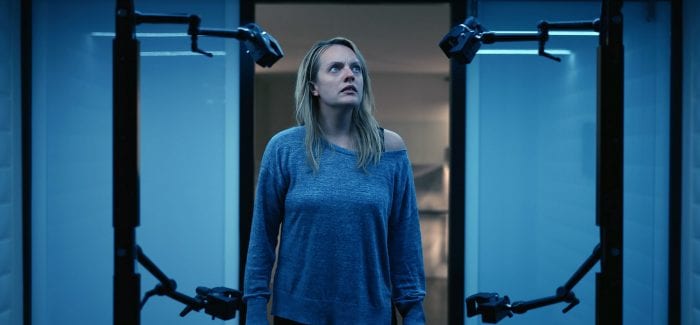

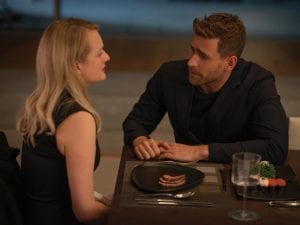
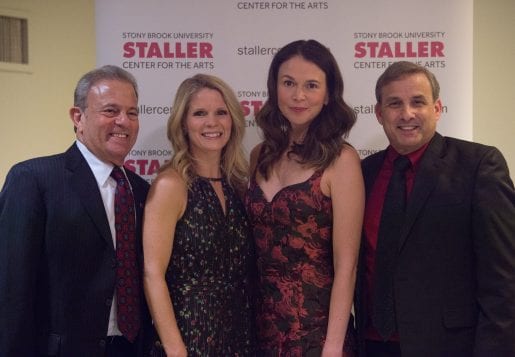
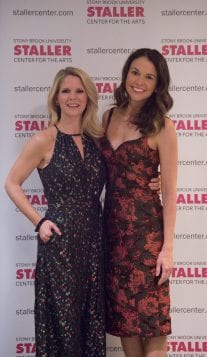




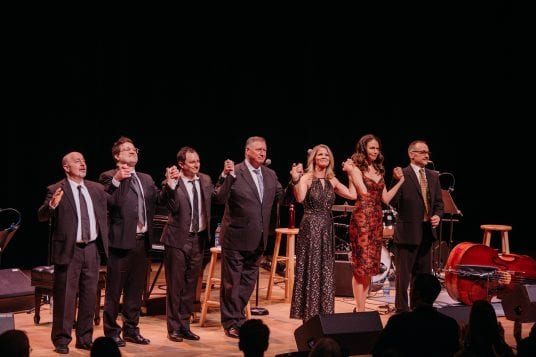
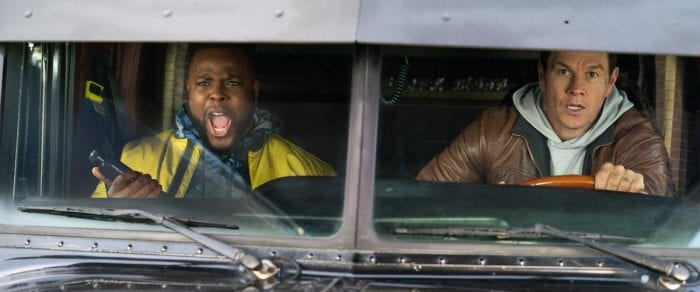
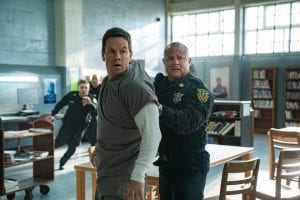 Mark Walhberg plays Boston police officer Spenser who is now being released from five years in prison for assaulting his captain (a stock villain played by Michael Gaston). While at first it seems that Spenser’s sole motivation was breaking up a domestic dispute, it is gradually revealed that there is more to it than just the captain’s mistreatment of his wife.
Mark Walhberg plays Boston police officer Spenser who is now being released from five years in prison for assaulting his captain (a stock villain played by Michael Gaston). While at first it seems that Spenser’s sole motivation was breaking up a domestic dispute, it is gradually revealed that there is more to it than just the captain’s mistreatment of his wife.  The tone strips its gears as it shifts between sitcom and deadly serious. A vicious dog attack is played as slapstick in this bizarre mix of real and cartoon violence. Perhaps there was an attempt to make this a common man as super hero vehicle — there are various references to Spenser as Batman — but there is no follow-through on that concept either. The jokey moments come across as precious, with glib quips often followed by an exceptionally ugly moment. It is not impossible to pull off this seemingly incongruent blend; the Dirty Harry movies did it brilliantly. Spenser Confidential doesn’t even try. It just lopes along, leaving a trail (and trial) of clichés.
The tone strips its gears as it shifts between sitcom and deadly serious. A vicious dog attack is played as slapstick in this bizarre mix of real and cartoon violence. Perhaps there was an attempt to make this a common man as super hero vehicle — there are various references to Spenser as Batman — but there is no follow-through on that concept either. The jokey moments come across as precious, with glib quips often followed by an exceptionally ugly moment. It is not impossible to pull off this seemingly incongruent blend; the Dirty Harry movies did it brilliantly. Spenser Confidential doesn’t even try. It just lopes along, leaving a trail (and trial) of clichés.